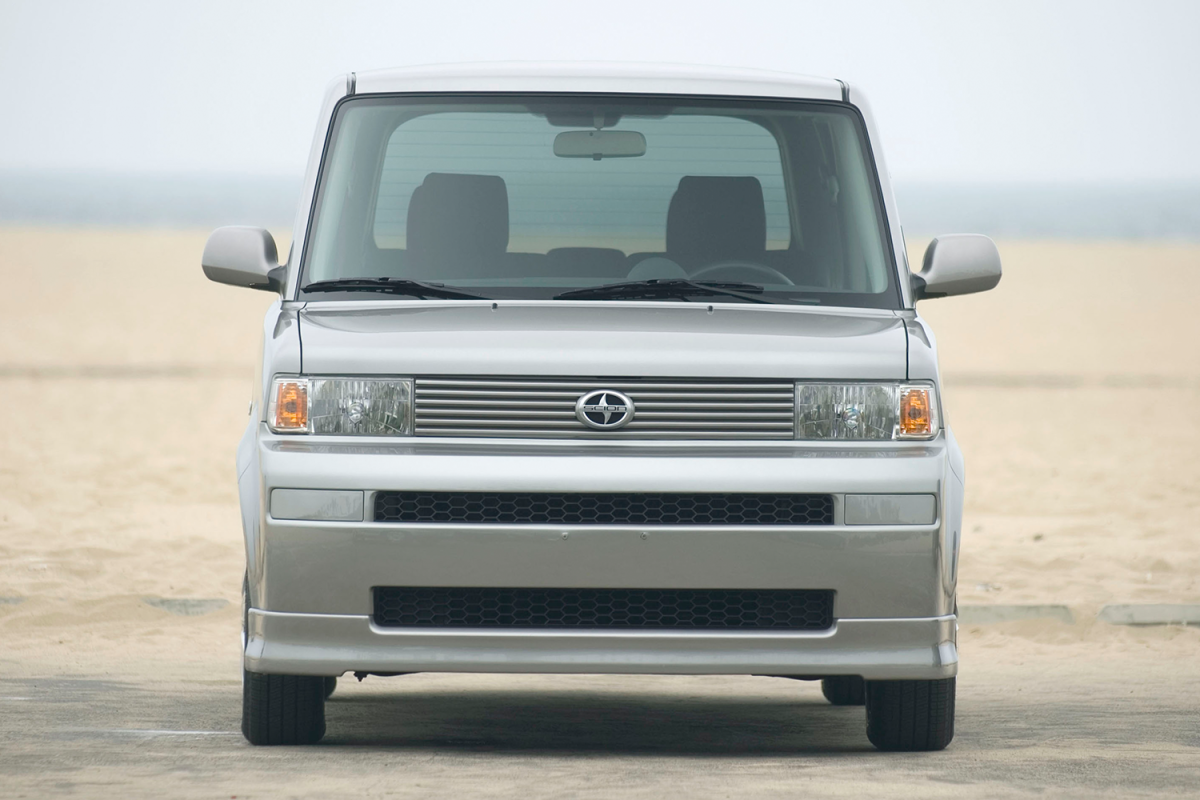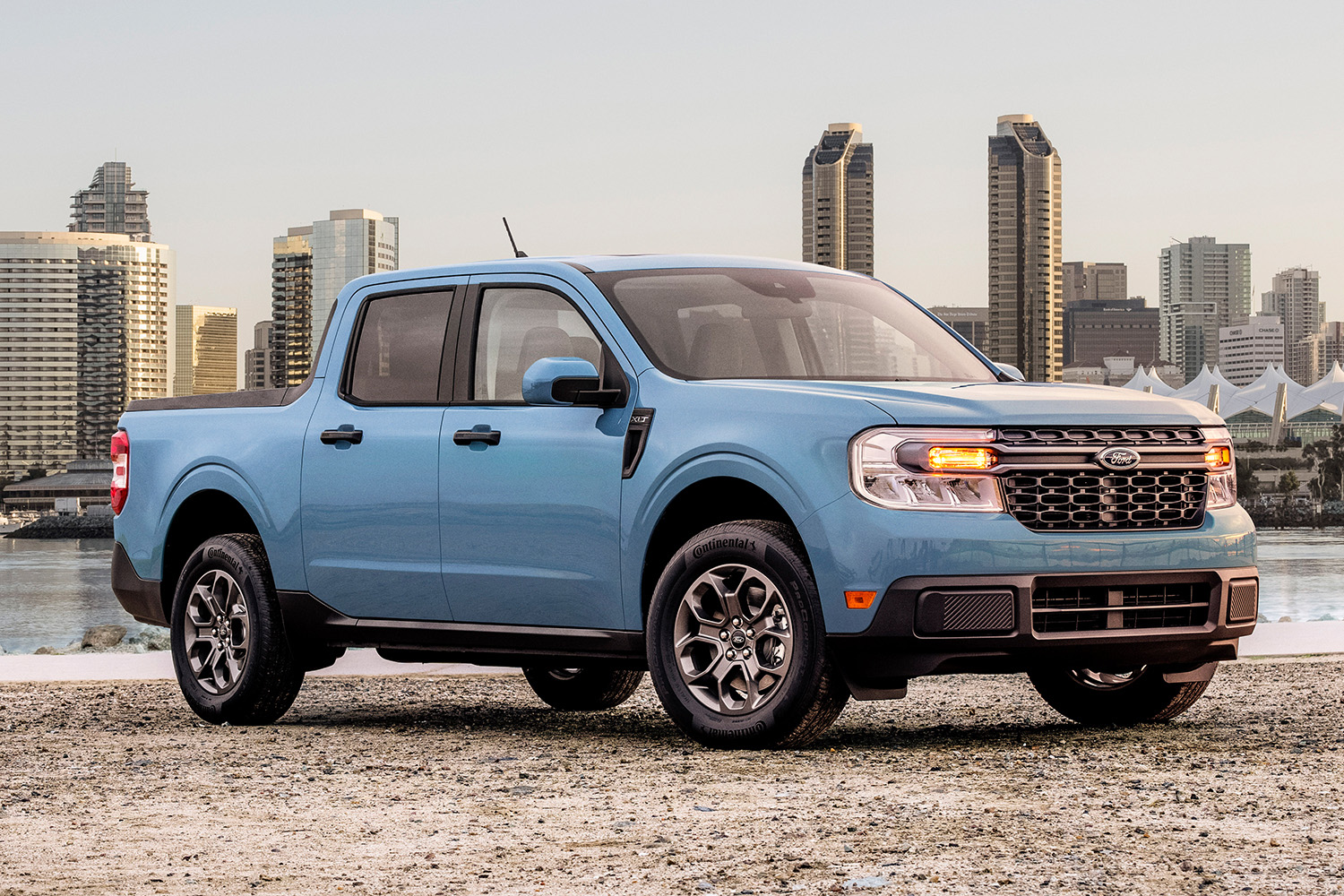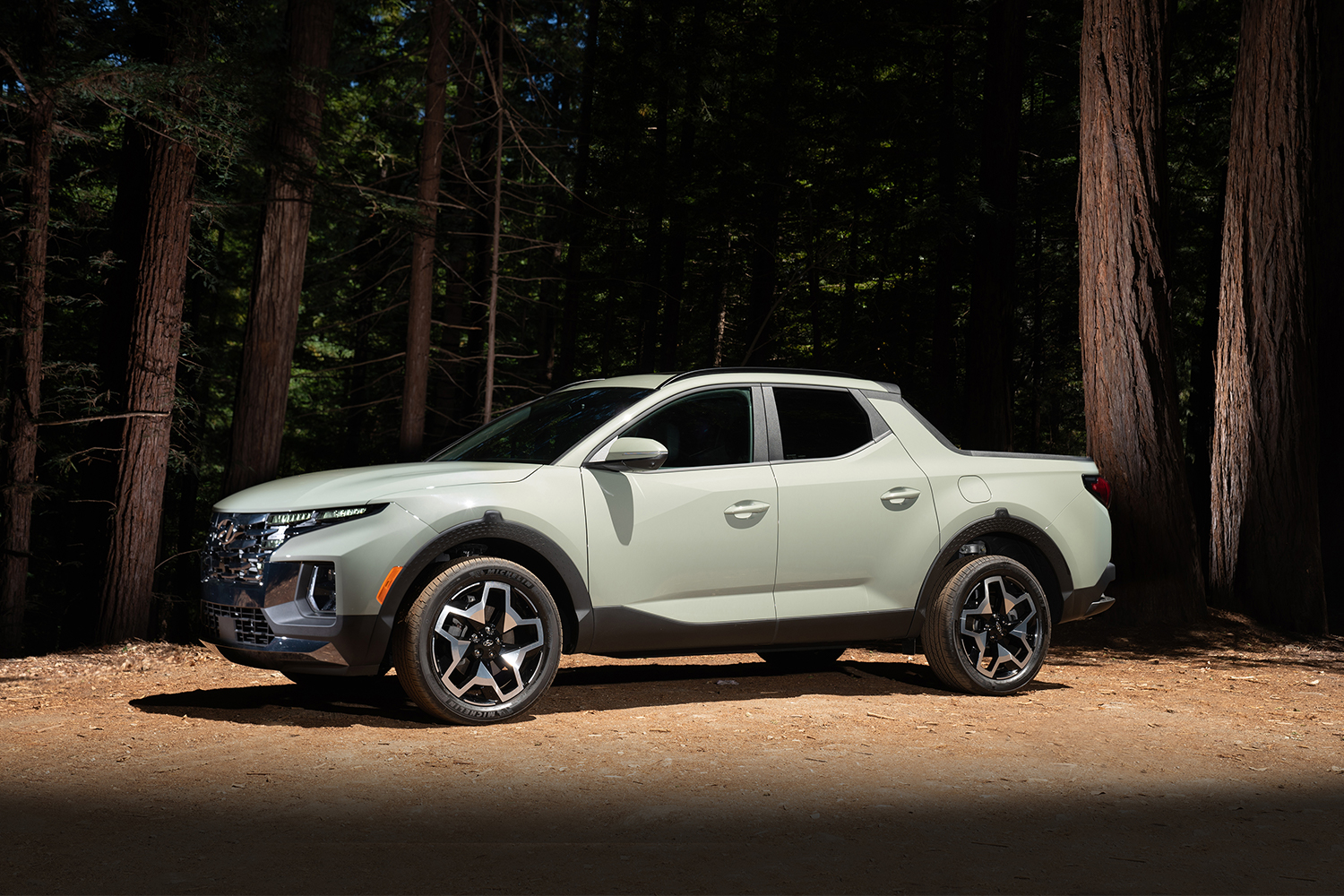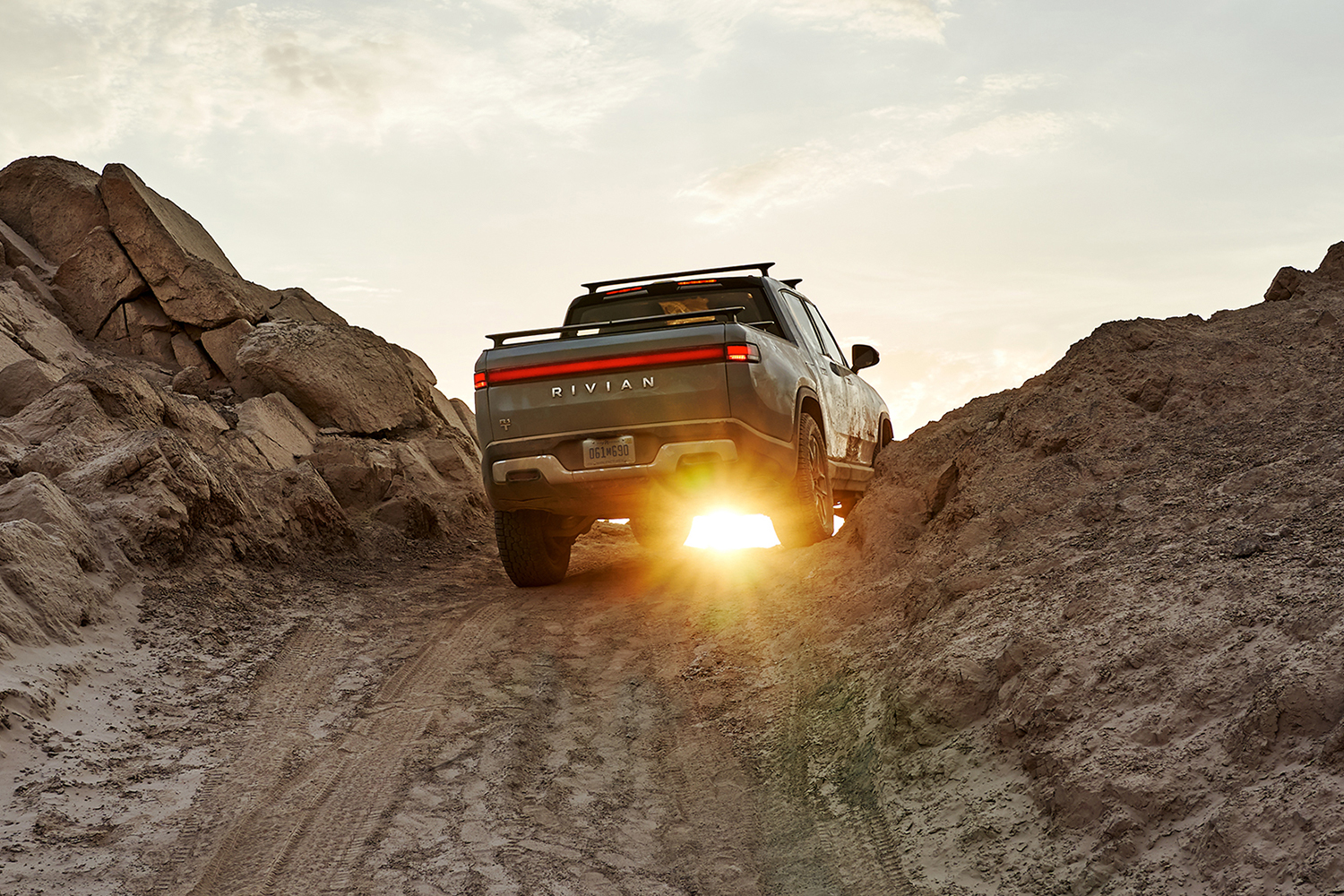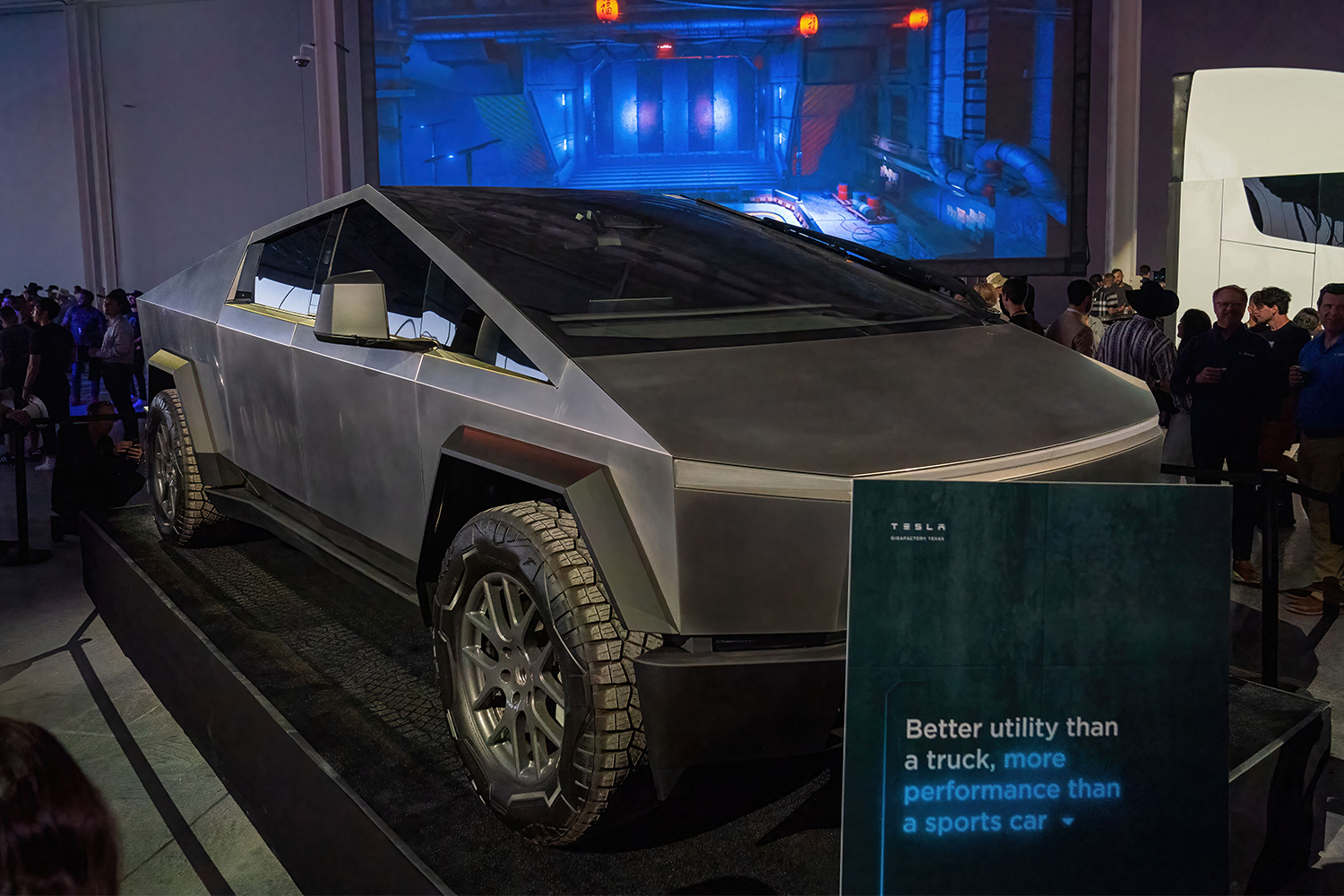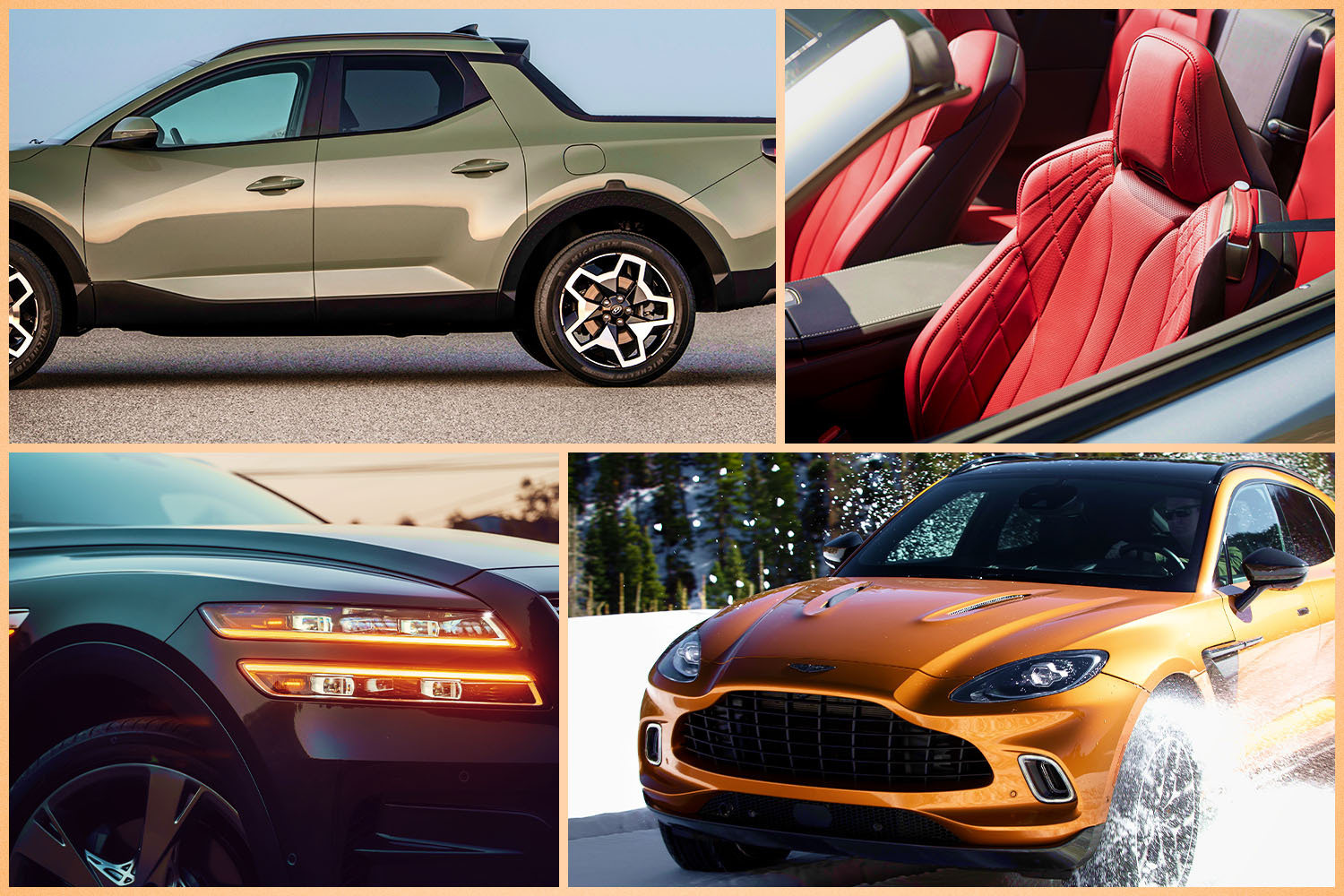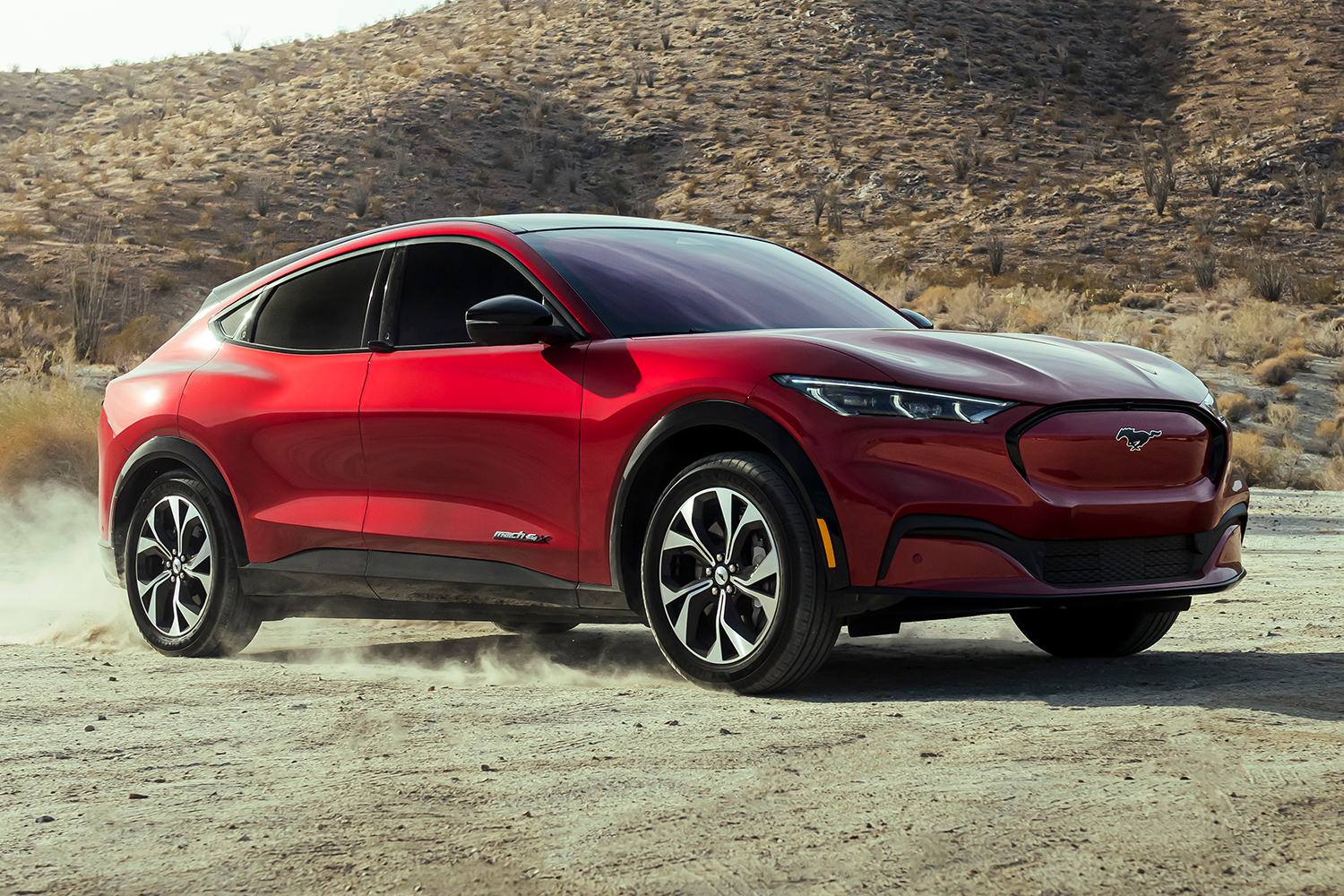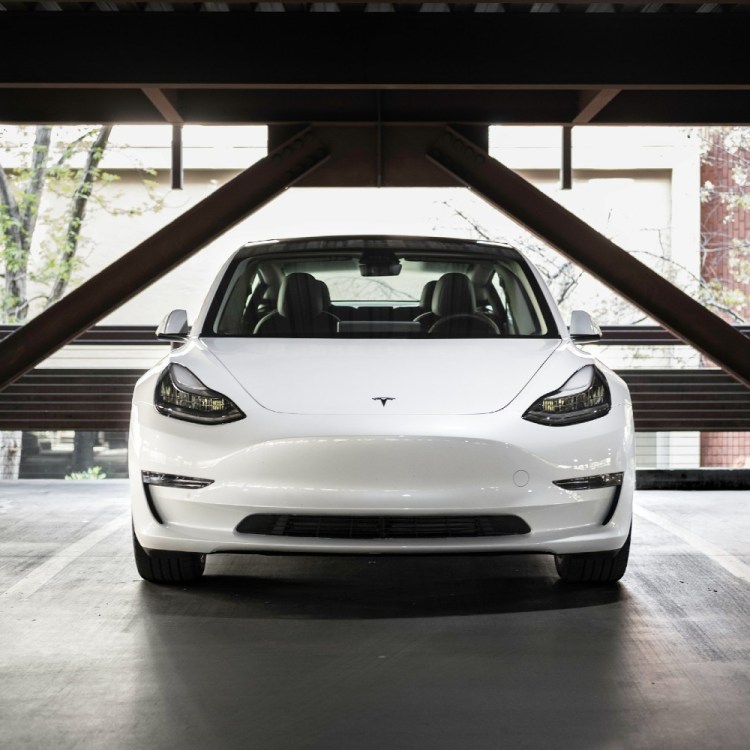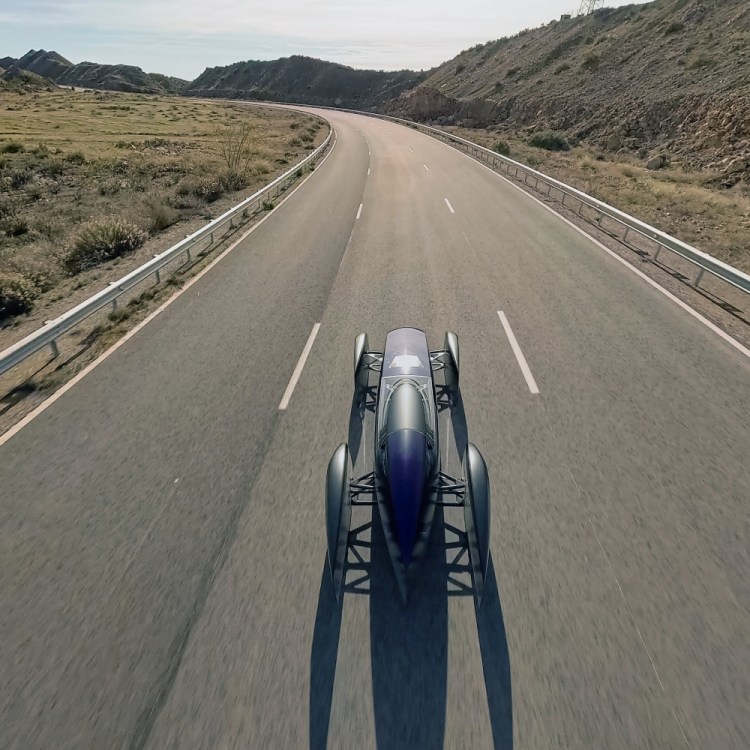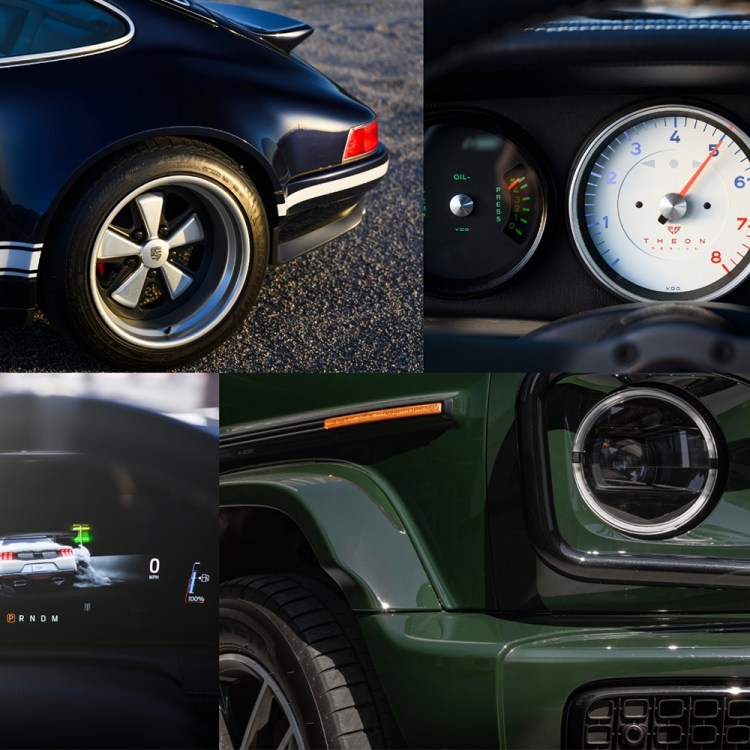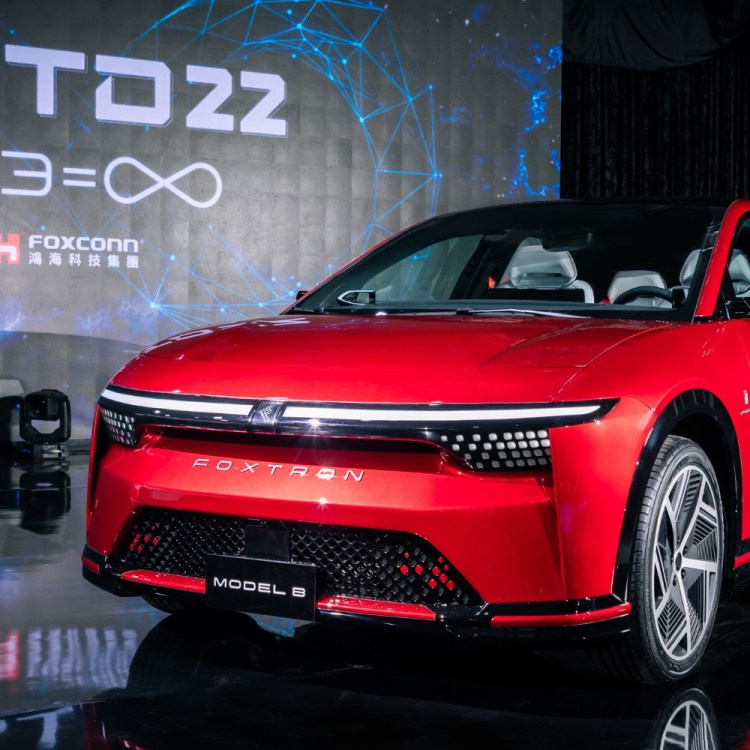Lost amidst the doom and gloom that is the American auto market’s continued inflationary pricing bubble (built on the back of chip shortages and supply-chain woes), has been the rebirth of a long-dormant niche: compact trucks. In the past 12 months both Ford (the Maverick) and Hyundai (the Santa Cruz) have jumped into the pint-size pickup pool with entries that trade the bulk of their larger siblings for a crossover-based driving experience that doesn’t skimp on practicality. And drivers seem to love it.
On the outside looking in sits Toyota, a brand that enjoys near-total dominance of the mid-size segment with the Tacoma, but which has no current competitor to sop up the dollars flowing towards its more modest rivals. The Ford Maverick especially has dismantled the conventional wisdom that size is everything in the world of pickups, as demand for the vehicle has consistently outpaced its own build capacity, especially for the entry-level hybrid edition.
Toyota’s hesitancy to field its own mini-truck is somewhat puzzling. After all, this is a company that sells gobs of the similarly compact RAV4 crossover, which could easily lend its bones to a pickup in the same way that the Ford Escape and the Hyundai Tucson went under the styling knife. Then there’s its own hybrid expertise evinced in the same model, providing a further foil to Ford’s fuel-sipping Maverick model.
Less obvious is Toyota’s hidden ace, an advantage no other automaker can claim when courting the affections of small truck intenders. Lurking in its past is one of the coolest vehicle designs ever to arrive in North America, married to a level of utility that somehow didn’t make it across the ocean.
The almost forgotten Toyota bB Open Deck — the pickup version of the iconic 2004-2006 Scion xB — could be the comeback key to cracking the compact truck equation for the Japanese company.
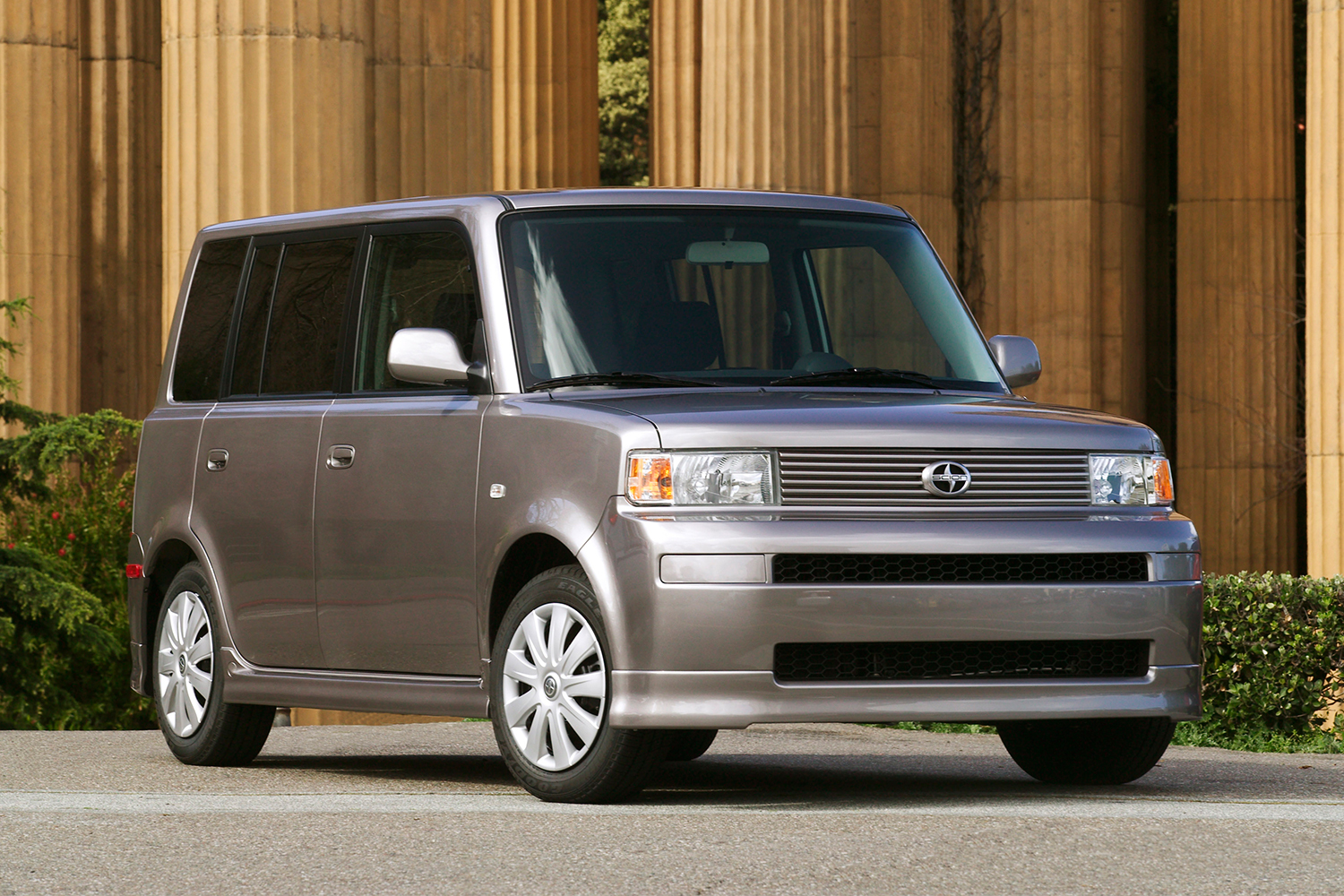
Scion’s Only Shining Light
Rest assured, no one is advocating for the resurrection of Scion itself, an early-2K brand that completely missed the demographic mark by concentrating on the youth market while ignoring the more mature buyers who actually fueled its sales. Today, the Scion logo means little outside of a small group of diehard loyalists, and Toyota is better off without it.
The first-generation Scion xB is another story. The toaster-shaped crossover has only seen its diminutive stature grow over the years as enthusiasts increasingly appreciate its simple, boxy lines and immensely useful interior volume. Built to stand out from a field of bland entry-level options, the xB is one of the few mass-market models of the past 25 years to have a legitimate shot at future classic status.
The xB was sold in Japan as a Toyota (with “Scion” only being used outside of the island’s borders). There it was known as the bB, having debuted in the year 2000 roughly four years before the almost identical xB was tagged for export. More willing to take risks at home, where subcompact cars enjoyed a popularity not seen in the U.S., Toyota decided to push the limits of what its Yaris-based platform could handle by cutting off the rear cargo area to create a truncated pickup bed.
Dubbed the “Open Deck,” for obvious reasons, the radical new bB model didn’t just erase its roof, it also shifted the hatch to the front of the cargo bed, in effect creating a long pass-through for oversized items similar to the MidGate feature found in the Chevrolet Avalanche and the Cadillac Escalade ESV (which arrived at roughly the same time). In addition to the bB’s fold-flat front and rear passenger seats, the hatch offered a fold-down bottom section that could support a respectable load, and a pop-up glass panel. This made the bB Open Deck an unusual but useful interpretation of the tiny truck concept.
There were other important changes made to the Open Deck model, as compared to the standard bB/xB. The most obvious was the need to shrink the rear passenger access, flipping hinges to create a single suicide door on the passenger side (while smoothing out the driver’s side with sheet metal). To preserve the structural integrity of the Open Deck’s unibody, it also featured a pair of metal bars that extended from the roofline to the rear of the cargo bed.
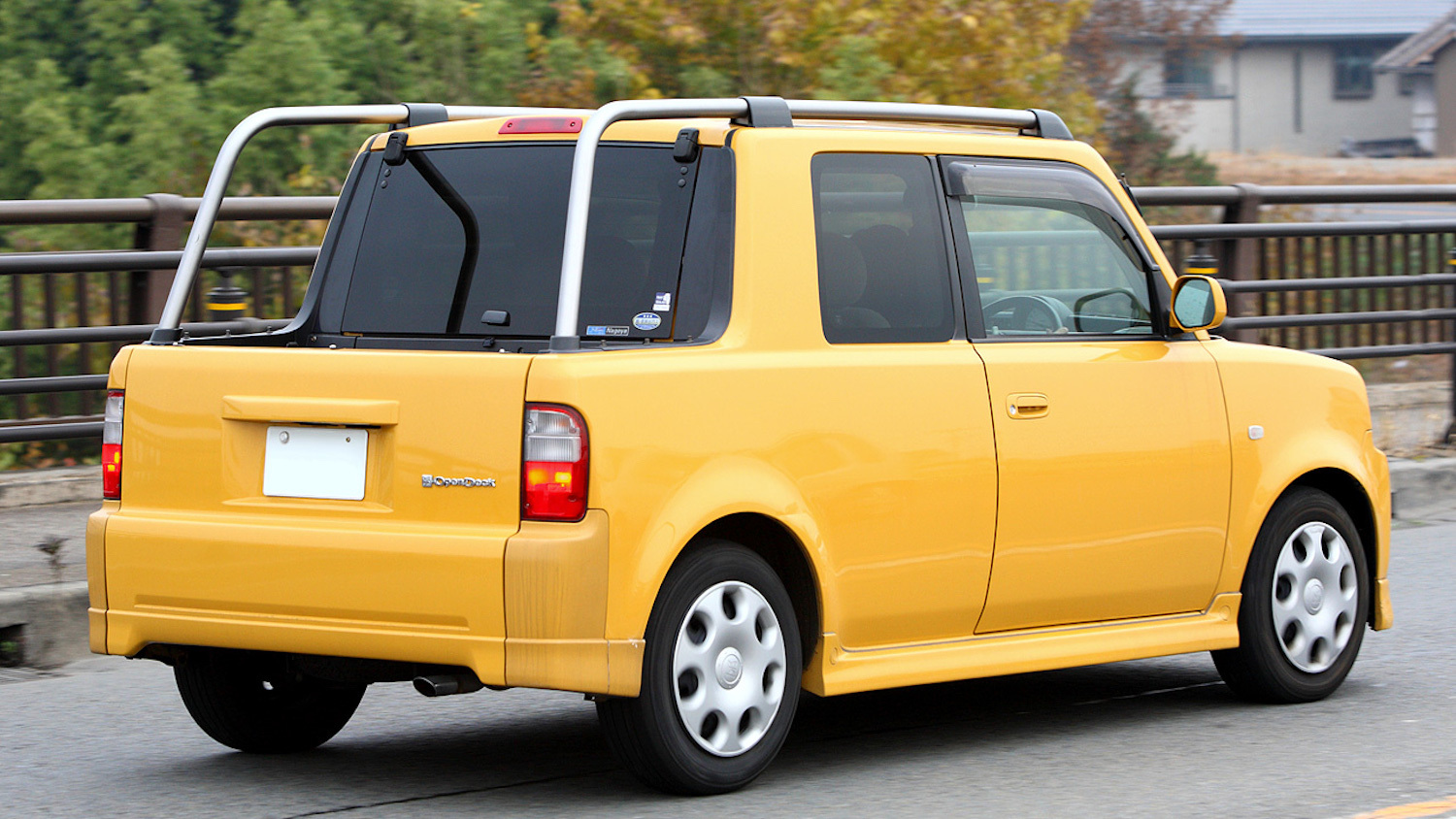
A Truck Template for Today
The bB Open Deck saw a brief two-year run and was never considered for export given its modest dimensions. At the time this made sense. American truck buyers still had a number of true compact options such as the Ford Ranger and the Chevrolet S-10, as the segment hadn’t yet bloated itself up to the prodigious proportions found on what would be termed “mid-size” pickups only a decade or so later.
Toyota’s current opportunity is a rare one. Both the Santa Cruz and the Maverick have demonstrated that there are no hard and fast rules governing the appearance of modern compact trucks, as each takes a decidedly different styling approach in finding its respective audience. This is a strong indicator that an Open Deck-inspired contender could make the same kind of waves that the original xB did when it was first introduced.
The automaker will have to avoid several stumbling blocks, of course. Scion attempted to evolve the xB’s appearance with a lamentable mid-decade redesign that anonymized much of its charm in favor of larger dimensions, effectively cutting off customer interest in the second-generation crossover at the knees. Any new xB-inspired truck would need to stick with the original playbook, which means slab sides and a flat hood — features that have been successful, albeit less prominent, with the Maverick.
It will also need to counter its Ford foil’s range of capabilities. The Maverick splits its customers between a (currently sold out) hybrid that provides a solid 37 mpg in combined fuel mileage, and a turbocharged drivetrain that offers up to 4,000 lbs of towing capacity. While Toyota could certainly tag in the RAV4’s battery-assisted setup to deal with the former, the latter might require borrowing from the Lexus parts bin, where a suitable four-cylinder turbo is available in the NX crossover. This would be a significant departure from the company’s existing engine strategy for its small vehicles, but one whose time has definitely come in the face of forced-induction competition.
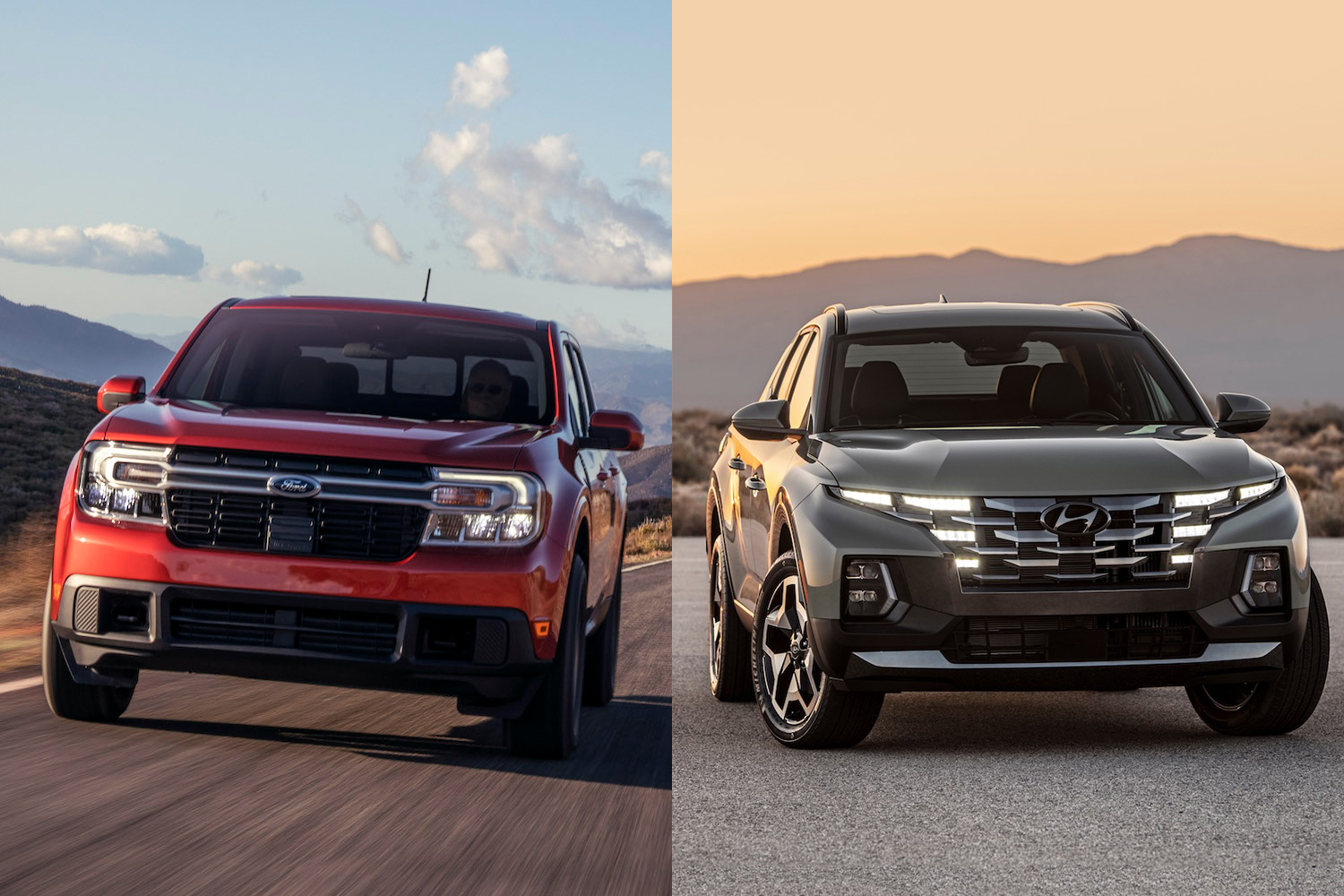
A Chance Worth Taking
Long pegged as a conservative company, Toyota has shown more than a little willingness to walk a wilder path in recent years. Witness the styling of the bZ4X, the terribly named yet visually striking all-electric crossover that debuted for 2022, or the upcoming all-wheel drive turbo GR Corolla hot hatch, which marks the automaker’s first-ever entry into that area of compact performance.
An Open Deck-style compact pickup fits neatly into Toyota’s progressive push, especially considering the profits available from the surging interest in smaller trucks. Leveraging the Tacoma’s status as a leading truck icon, while exploring the possibility of one-upping Ford and Hyundai with the first small plug-in hybrid pickup on the market (thanks to existing RAV4 Prime hardware), puts Toyota in a unique position to make the most of its past while carving out a bolder design future.
This article appeared in an InsideHook newsletter. Sign up for free to get more on travel, wellness, style, drinking, and culture.
